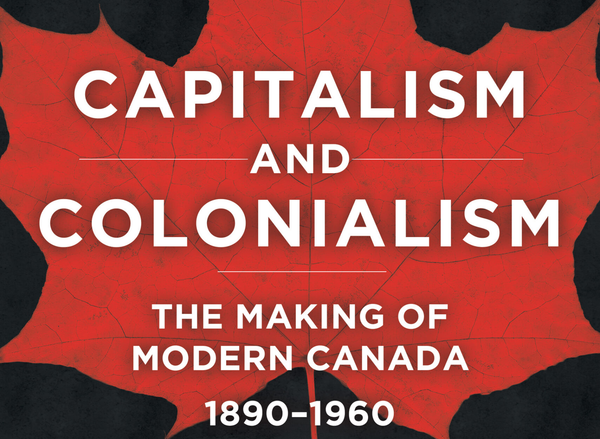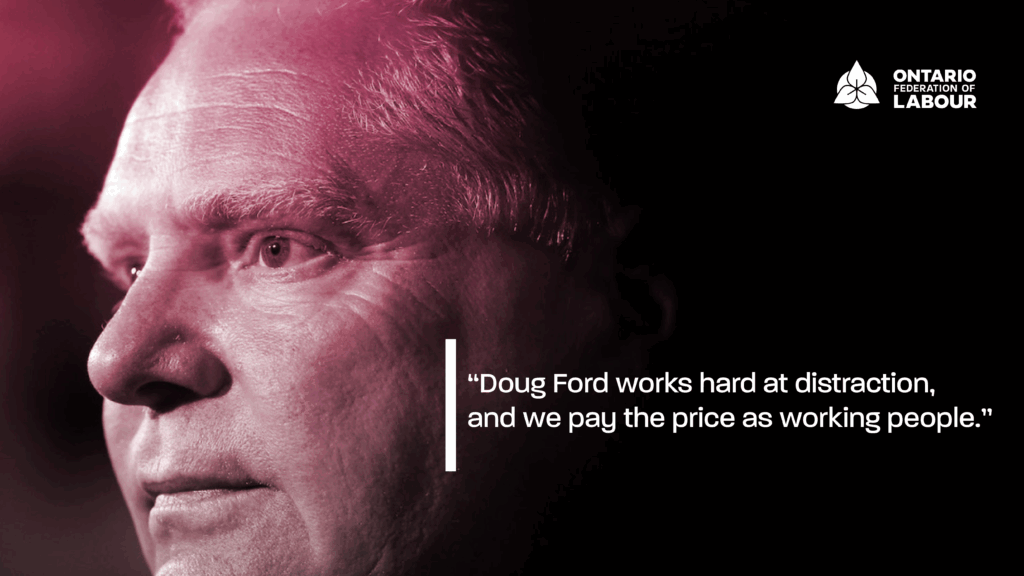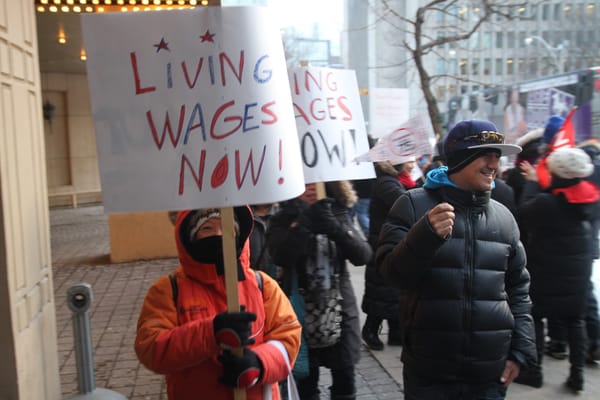
COVID-19 public health restrictions are being eased or lifted across Canada, with many workplaces returning to some semblance of normalcy.
Ontario is now in “Stage Three” of its reopening plan, with indoor dining, fitness facilities and other forms of personal services ‘open for business.’ Going further, British Columbia has removed many of its previous indoor workplace restrictions. Other provinces are at similar stages.
With this in mind, this week I thought it would be helpful to take stock of the state of the labour market across Canada to see how workers are managing as we slowly ease out of the pandemic.
The federal government has been in the process of cutting and winding down important income support benefits, such as the Canada Recovery Benefit. Now that fewer supports remain in place, workers find themselves more dependent on labour income and the overall health of the private and public sectors for job creation and growth.
I often think back to the height of the pandemic when, under a forced economic pause, some were beginning to imagine what a better economy and a more humane labour market might look like. Others, seeing new and relatively unprecedented (though often reluctant) government spending, hoped we might use this opportunity to transform economic priorities and social policy.
And yet, looking at the most recent data from Statistics Canada, it’s difficult not to conclude that we’re on course to return to more or less where we were in February 2020. Indeed, that seems to be the target of “normality” at which governments are aiming.
Let’s start with the overall picture. StatCan recently released its Labour Force Survey data for June, which tracks employment, unemployment and various other measures. Provinces were still at various points in their reopening plans at that point (Manitoba, in particular, remained under heavy restrictions relative to the rest of Canada), but StatCan’s figures on labour, income and unionization are nevertheless telling.
According to these numbers, employment has rebounded by 231,000 jobs, or about 1.2 per cent, after falling by 275,000 during the previous two months. This leaves the official national unemployment rate at 7.8 per cent, still considerably higher than pre-pandemic. Moreover, long-term unemployment (those without work for 27 weeks or more) has changed little, and remains a startling 166 per cent above pre-pandemic levels.
However, while unemployment fell by 3.7 per cent for all Canadians, it dropped by only 1.3 per cent for “visible minorities,” leaving racialized Canadians with an unemployment rate of 10.1 per cent. Among Indigenous peoples, employment still sat at just under 56 per cent, roughly the same rate as in February 2020. The negative labour market effects of COVID remain disproportionately concentrated among racialized people.
In June, employment fell in goods-production (-1.2 per cent), construction (-1.6 per cent) and natural resources (-2.9 per cent), concentrating all new job growth in retail, food services, accommodation, and other in-person services.
Importantly, all this new employment growth was in the form of part-time work, and heavily concentrated among those between the ages of 15 and 24. This brings part-time employment levels basically back to where they were before the pandemic, while full-time employment remains 2.2 per cent below pre-pandemic levels.
As StatCan notes, nearly all of the growth in part-time work since June 2019 has been among workers who wanted full-time hours. This tells us that the pandemic’s long-term labour market impacts are far from over, and that modest gains made during the early phases of reopening have been largely in the form of part-time, youth employment.
When it comes to wage levels and growth, we see similar signs of lacklustre improvement and persistent inequality. Across all industries, the average wage has increased by a little more than 7 per cent since June 2019 (up to $29.70 per hour). Employers, in general, seem to be showing some propensity to raise wages to attract labour back as public health restrictions ease.
However, industrial disparities in wage growth are highly instructive. In the broad accommodation and food services category, average wages increased to $17.35 per hour, up 6.2 per cent from two years prior.
Yet most of this wage increase was driven by occupations in management, business administration and finance. Sales and service workers only saw 2.8 per cent in average wage growth over two years (up to $16.07 per hour). Food and beverage workers have experienced no wage increase in two years, while cashiers, despite seeing a 4.7 per cent wage increase, are still earning only $14.70 per hour, on average.
As myself and many others pointed out several weeks ago, all the griping among employers in the retail, food and accommodation industries about a lack of available staff is completely belied by those sectors’ anemic wage growth (or outright stagnation). Service sector employers remain reluctant to raise wages, and would rather wait for governments to cut social support to generate labour supply.
In terms of union density, the picture is somewhat less clear because official numbers aren’t as up-to-date as the Labour Force Survey data. However, there are some encouraging signs.
When the pandemic first set in, union density actually increased slightly to 31.3 per cent from 30.2 per cent in 2019. The reason for this, unfortunately, was that non-union workers were more likely to experience pandemic-related job loss (this also partly explained why there was a surge in interest in unionization, particularly in retail and other services, at the time).
Beneath this misleading density change, however, was stagnation in union membership growth. This has reversed somewhat, with total union membership in Canada now above five million workers. The public sector is still outperforming the private sector in terms of new membership (with private services as difficult to organize as ever). But without sounding like a broken record, this is unlikely to change appreciably unless relatively deep labour law reform is accomplished.
Laws such as Ontario’s Bill 124 continue to hold back public sector wage bargaining, while low union density in the private sector does its work to further contain wage growth. Yet the union “wage premium” persists, particularly for union members who are in temporary contracts. Union members across industries and forms of employment continue to benefit greatly from collective bargaining, relative to their similarly-situated non-union counterparts. The challenge remains how to meaningfully extend those union advantages.
Marginal improvements for workers relative to a year ago are worth celebrating. But there’s no mistaking the fact that the labour market impacts of COVID-19 are deep and far from exhausted. As Andrew Mitchell and Luann Good Gingrich demonstrate at the Global Labour Research Centre, recessions in Canada have a growing regressive tendency to further harm those most disadvantaged in the labour market.
Public policy interventions, like a national child care program, more robust unemployment insurance protections and improved labour standards, would go a long way in addressing these issues.
Yet two things remain abundantly clear. First, workers who remain shut out of unions and the labour movement need a way in. Labour law reform must be a central plank in the program of organized labour. Second, and most importantly, we have to be organized enough to actually win the reforms we need — and to make sure the costs of capitalist downturns aren’t continually borne by workers and their families.







